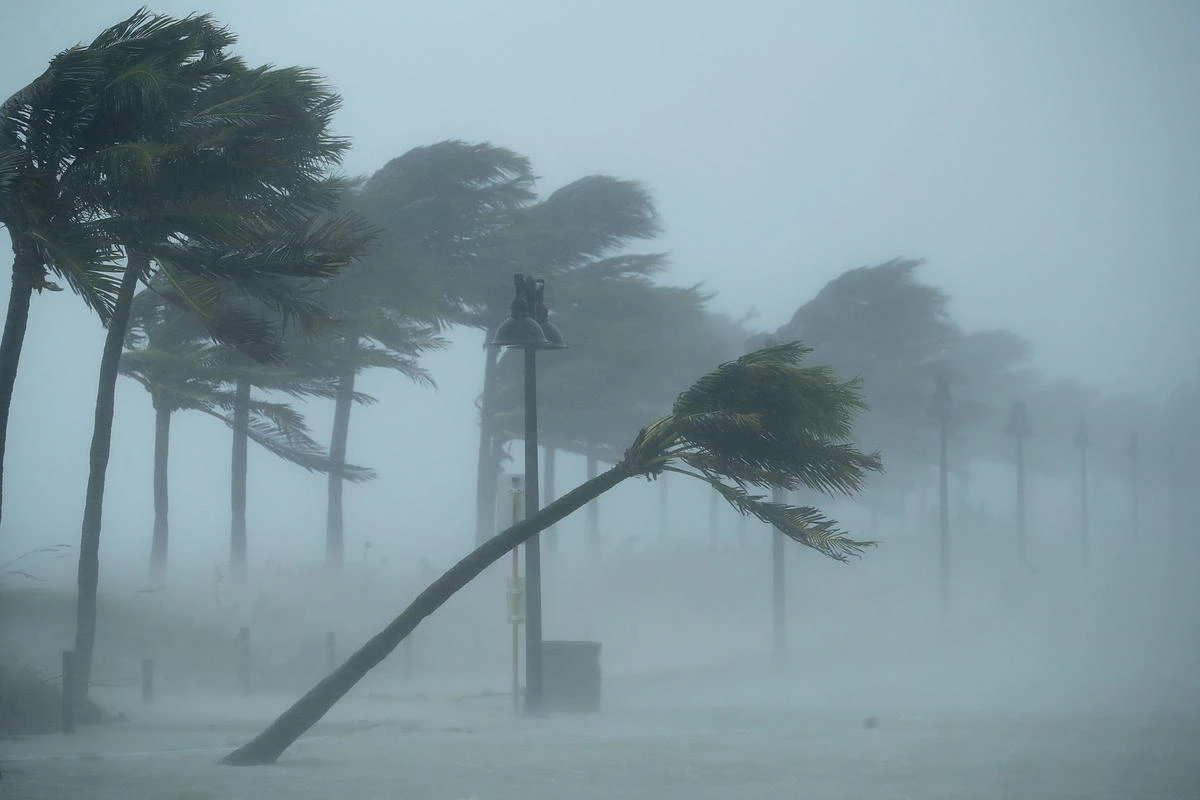It’s time to treat the climate crisis like the financial crisis
By Dirk Schoenmaker, Rens van Tilburg, Aaron Vermeulen
The nitrogen crisis would have been much smaller if the DNB (Central Bank of the Netherlands) had forced banks to make provisions in time. Dirk Schoenmaker, Rens van Tilburg and Aaron Vermeulen argue that the DNB should increase the capital requirements for harmful activities or exclude these from the collateral framework. The climate crisis allows for measures akin to those in 2008 and during the pandemic.
Newspapers around the globe are bursting with stories about the consequences of a rapidly changing climate: forest fires, dry rivers, and floods. The costs of biodiversity loss are also high on the agenda now. For example, the World Bank predicts that the loss of ecosystem services could cost the global economy $2700 billion per year by 2030.
The hike in gas prices and the protracted war in Ukraine should convince the last doubters that the acceleration of the energy transition really must happen. Of course, this acceleration is necessary if only to merely limit climate change to 1.5 to 2 degrees, however, a fast turnaround is also needed to halt the current and rapid deterioration of biodiversity. Later this year all UN member states will define biodiversity targets leading up to 2030. This should culminate in an agreement like the Paris climate agreement, but then relating to nature.
Many financial institutions recognise these risks and are already in the process of adjusting their loans and investments accordingly. All major Dutch financial institutions have committed to the Paris climate goals. Recent studies carried out by Deloitte and Sustainable Finance Lab on behalf of the Wereld Natuur Fonds (World Wide Fund for Nature, WWF-NL) include numerous examples of how financial institutions are pricing biodiversity risks and reducing them as a result.

Still, it is all far from sufficient. Few major banks, insurers and pension funds are truly on a sustainable course already. This year, the ECB found that none of the major European banks meet the expectations they set two years ago for managing climate and environmental risks.
The nitrogen crisis that has gripped the Netherlands over the past few months demonstrates what can go wrong. This crisis could have been considerably smaller if the regulator had alerted banks to these risks and forced them to make appropriate provisions. This would have made expansion near nature areas considerably more expensive for farmers. Yet, although the Central Bank of the Netherlands led the way internationally with its 2020 study on the financial risks of biodiversity loss, this has unfortunately not yet translated into supervisory practice.
The biodiversity and climate crises are urgent: irreversible consequences are imminent in the coming years. This means the days of studying and writing reports should be over. Today, individual financial institutions often still price themselves out of the market if they price real risks appropriately. After all, if your competitors are not doing the same, you as a bank are less likely to take the first step. This makes the issue a collective action problem, one the central bank must provide a solution for.
As regulator and monetary policy maker, the central bank must accept that the risks to be avoided cannot be calculated to three decimal places. However, this insecurity should not be the reason intervention is postponed even more. Further delay poses serious threats to both financial stability and price stability in the future.
But there is hope. The central banks have demonstrated before that they have the ability to base quick and effective action on limited information when faced with fundamental threats. This involved acting on the precautionary principle, and was true for the 2008 financial crisis and the coronavirus crisis less than two years ago. The sustainability crises looming now are certainly of a similar severity.
Increase capital requirements
We must acknowledge that climate change and biodiversity loss fall within the mandate of central banks and financial regulators, and we must address these crises effectively. This could include increasing capital requirements for harmful economic activities or excluding such activities from the collateral framework.
Does this not put the financial sector into the politician’s seat? On the contrary. It merely means the sector anticipates the tightening of policies that have already been announced, such as in the European Green Deal and ‘Fit-for-55’ programmes - as we know, these are indispensable for meeting the climate and biodiversity targets set globally.
Pricing future risks and opportunities correctly now, that is what we have a financial sector for. The central bank is there to ensure that private financial institutions play this role properly.
Dirk Schoenmaker is a professor at Rotterdam School of Management, Erasmus University and co-chair of Sustainable Finance Lab. Rens van Tilburg is a director at Sustainable Finance Lab at the University of Utrecht. Aaron Vermeulen is Head of Green Finance at Wereld Natuur Fonds (WWF-NL). Opinion piece published in Financieel Dagblad on September, 12 2022 (original language Dutch)
